
The streets have always been a canvas for self-expression, a place where art and culture collide, giving birth to unique and captivating movements. One such movement that has taken the world by storm is Pop Art Street Art. With its bright colors, bold imagery, and thought-provoking messages, this urban art form has reshaped the way we perceive and experience art.
Pop Art Street Art emerged as a rebellion against the traditional and elitist art world. It celebrates the popular culture, embracing ordinary objects and everyday life as subjects for artistic expression. From soup cans to comic book characters, Pop Art Street Art captures the essence of the modern world, reflecting the consumerist and media-saturated society we live in.
This vibrant and dynamic art form is not confined to galleries or museums. It can be found on the walls of buildings, in abandoned alleyways, and even on train cars. Pop Art Street Art has transformed the urban landscape into an outdoor art gallery, bringing art closer to the people. It engages and interacts with its audience in a way that traditional art often fails to do, provoking thoughts and sparking conversations.
Pop Art Street Art is not just visually striking; it is also a powerful tool for social commentary. Artists use their work to address political and social issues, challenging the status quo and demanding change. Through their imagery and provocative messages, they capture the essence of the times and expose the underlying issues that often go unnoticed. This art form empowers individuals, amplifying their voices and giving them a platform to be heard.
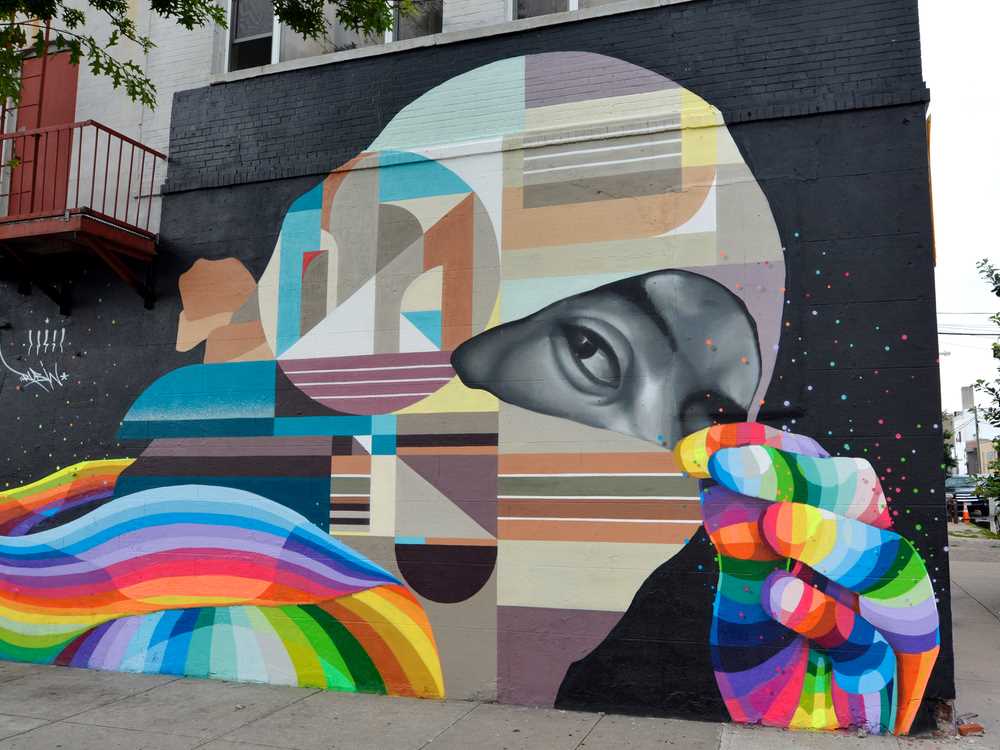
Street art has a long and fascinating history that dates back to ancient times. From the cave paintings of Lascaux to the political and social murals of 20th-century Mexico, humans have been using public spaces as canvases for artistic expression for thousands of years.
However, the modern form of street art as we know it today can be traced back to the graffiti culture that emerged in New York City in the 1960s and 1970s. In the wake of social and economic unrest, young artists began using the city’s walls and subway trains as a way to make their voices heard. This new form of art quickly gained popularity and became a visual representation of the city’s vibrant and diverse urban culture.
One of the key figures in the early street art movement was Keith Haring, whose iconic pop art-inspired murals and chalk drawings became synonymous with the streets of New York City in the 1980s. Haring’s bold lines and bright colors brought art out of galleries and into the public eye, making it accessible to all.
Evolution and Global Impact
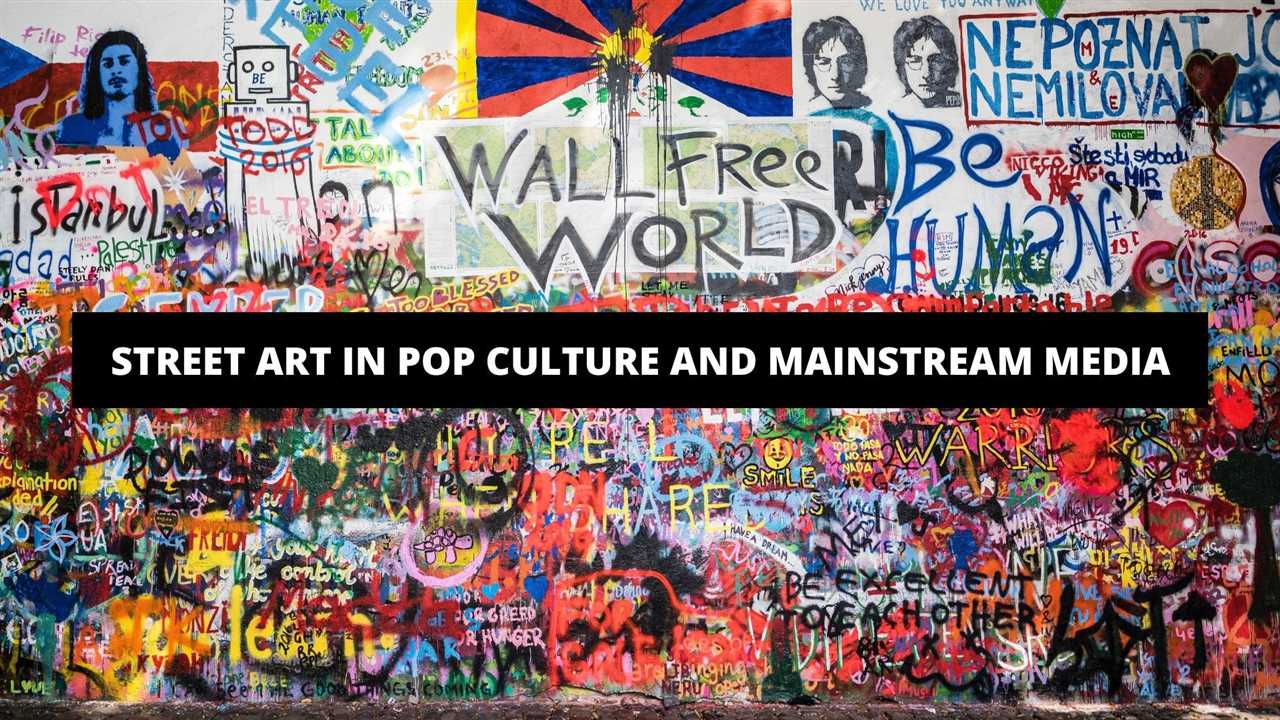
Since its humble beginnings in New York City, street art has evolved and spread around the world, becoming an integral part of urban landscapes in cities like London, Paris, Berlin, and beyond. Artists like Banksy, Shepard Fairey, and Invader have pushed the boundaries of what street art can be, using stencils, wheatpaste, and large-scale installations to make powerful statements about society, politics, and culture.
Street art has also become a platform for marginalized voices and communities. In many cities, artists from diverse backgrounds use street art to reclaim public space and challenge the dominant narratives and power structures. It has the power to inspire, provoke, and engage with viewers in a way that traditional art forms often can’t.
A Permanent Influence

What sets street art apart is its ephemeral nature – it can appear overnight and disappear just as quickly. While this impermanence adds to its allure and spontaneity, efforts have been made to preserve and celebrate street art. Cities have designated certain areas as legal street art zones, allowing artists to create legally and encourage the growth of this dynamic art form.
Today, street art continues to thrive, constantly evolving and reinventing itself. Whether it’s a colorful mural covering the side of a building or a thought-provoking stencil hidden in an alley, street art brings art directly to the people and captures the essence of urban culture in a way that no other art form can.
The Rise of Graphic and Pop Art
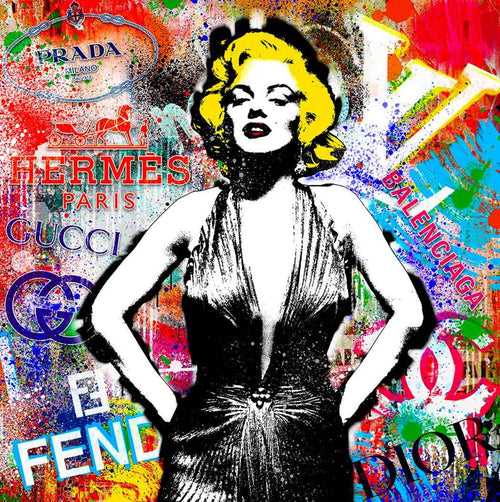
Graphic and pop art emerged as a powerful artistic movement in the 1950s and 1960s, in response to the post-war consumer culture and the increasing influence of mass media. This form of art challenged traditional notions of what constituted fine art and embraced the use of popular imagery and bold, vibrant colors.
The Influence of Consumer Culture
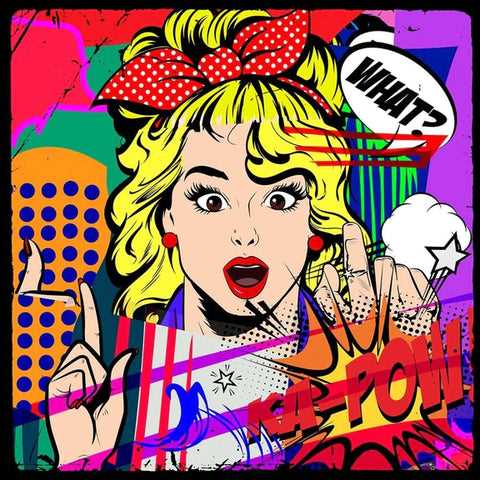
The rise of graphic and pop art was fueled by the growing consumer culture of the post-war era. As society became increasingly obsessed with material possessions and popular culture, artists saw an opportunity to incorporate these elements into their work. This movement blurred the lines between high art and popular culture, making art more accessible to a wider audience.
Artists such as Andy Warhol, Roy Lichtenstein, and Claes Oldenburg embraced commercial imagery, such as advertisements, comic books, and product packaging, and transformed them into works of art. This appropriation of popular culture allowed artists to comment on the consumerism and mass production that defined modern society.
The Bold Use of Colors and Forms
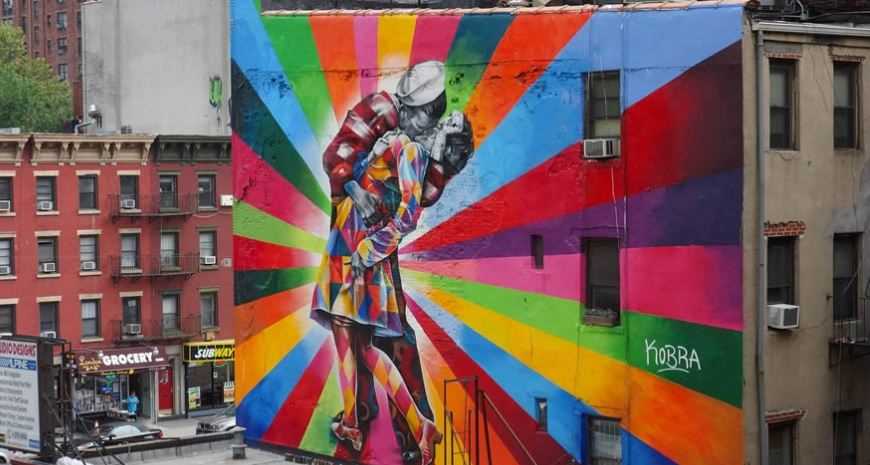
One of the defining characteristics of graphic and pop art is the bold and vibrant use of colors. Artists used bright, contrasting colors to grab the viewer’s attention and emphasize the subject matter. This use of color created a visual impact and helped to convey the message or meaning behind the artwork.
In addition to color, pop artists also experimented with unconventional forms and techniques. They utilized techniques borrowed from commercial printing, such as Ben-Day dots and bold outlines, to imitate the look of mass-produced images. This approach challenged the notion of the artist’s hand and added a layer of irony to the artwork.
The rise of graphic and pop art marked a shift in the art world, challenging traditional art forms and embracing the visual language of consumer culture. It continues to be influential today, inspiring contemporary artists and shaping the way we engage with and interpret art.
The Evolution of Street Art Styles
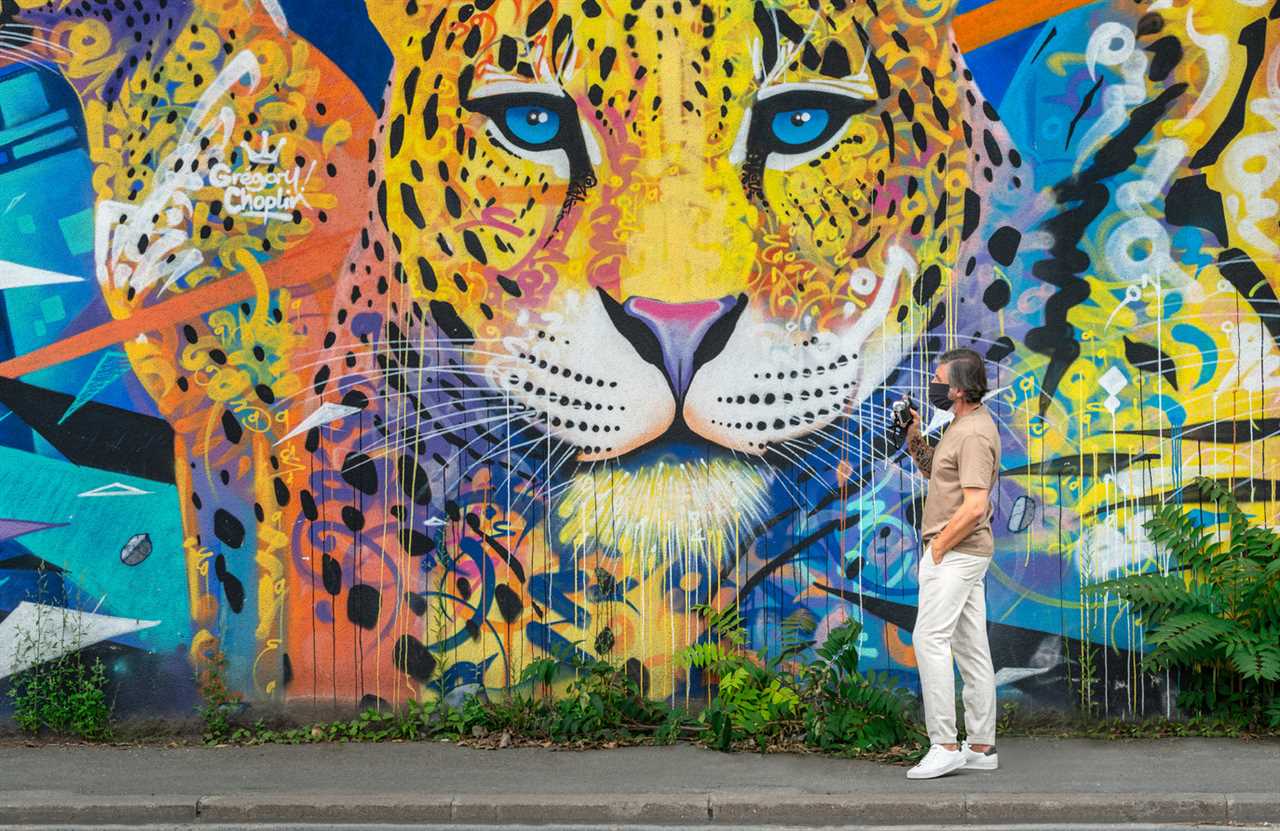
Street art has always been a dynamic and ever-evolving art form. Over the years, it has seen various styles emerge and evolve, reflecting the changing times and influences. From its humble beginnings as graffiti in the 1970s to the vibrant and diverse art form it is today, street art has made a significant impact on urban culture. Let’s take a closer look at some of the key styles that have shaped the evolution of street art.
Graffiti
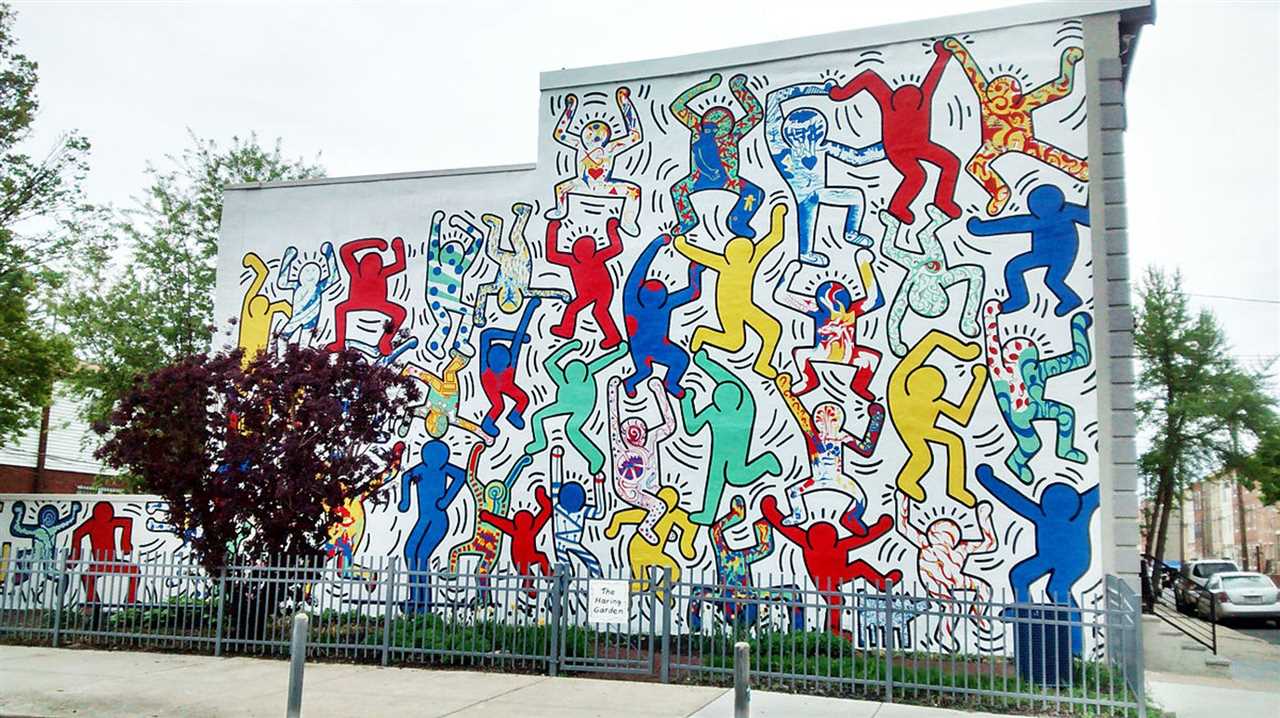
Graffiti is the foundation of street art. It started as a form of illegal self-expression, with artists using spray cans to leave their mark on walls and surfaces. In the early days, graffiti was often associated with urban decay and seen as a nuisance. However, it quickly gained popularity as a form of artistic expression and a way for marginalized communities to reclaim public spaces. Graffiti artists developed their own unique styles, incorporating lettering, symbols, and characters.
Stencil Art

Stencil art is another important style that emerged in the evolution of street art. Artists use stencils to create intricate and detailed images on walls. This technique allows for precise and repeatable designs, making it a popular choice for street artists. Stencil art often carries social and political messages, and artists use it as a medium for activism and protest.
Muralism
Muralism is a style of street art that focuses on large-scale murals painted directly onto walls. It draws inspiration from traditional mural painting and often tells a story or conveys a message. Muralism has become prominent in many cities around the world, with artists transforming entire neighborhoods with their vibrant and colorful creations.
Installation Art
Installation art is a relatively newer style that blurs the line between street art and sculpture. Artists create three-dimensional works using various materials and techniques. These installations are often site-specific, interacting with the environment and challenging the viewer’s perception of public space.
The Influence of Pop Culture
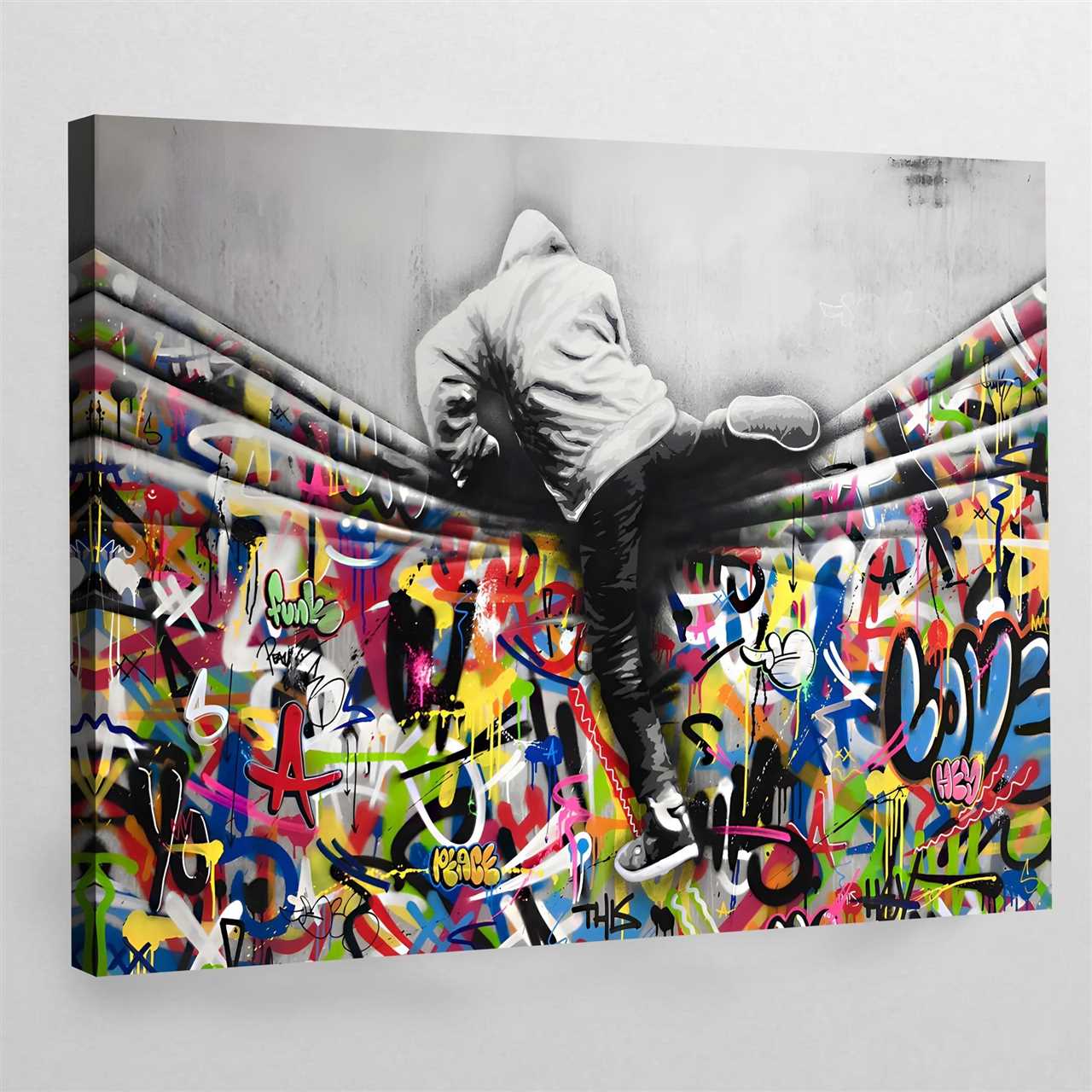
Pop Art Street Art is a unique and vibrant form of urban culture that has had a significant influence on popular culture as a whole. Its bold and colorful style, along with its strong messages and critiques, have made it an integral part of contemporary society.
Impact on Fashion
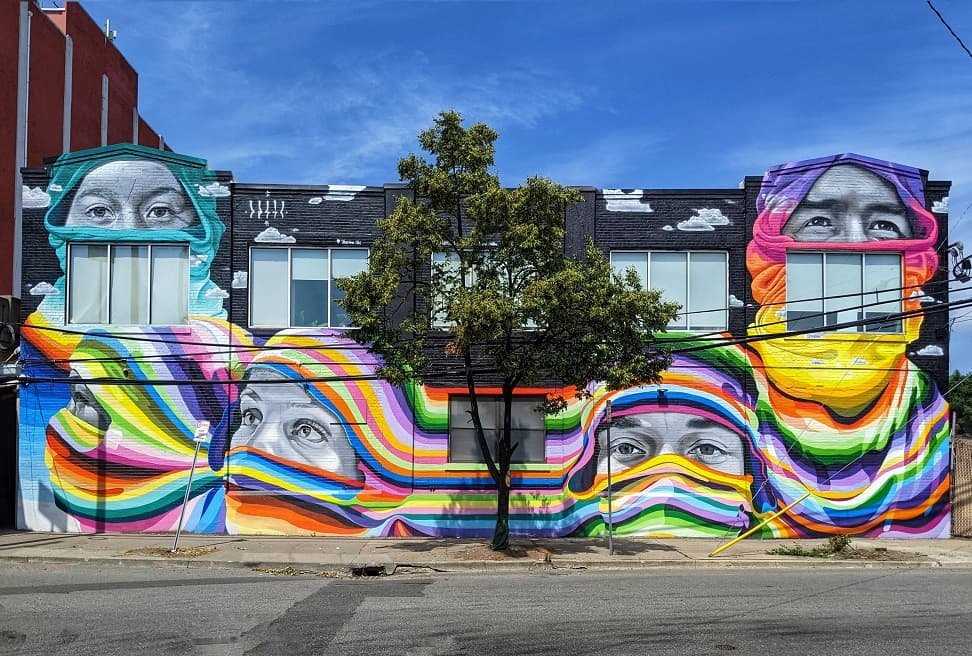
The influence of Pop Art Street Art can be seen in the world of fashion. Many designers and brands have incorporated elements of this style into their collections, creating bold and eye-catching designs that reflect the spirit of urban culture. From graphic prints to graffiti-inspired motifs, Pop Art Street Art has become a staple in streetwear and high fashion.
Integration in Advertising
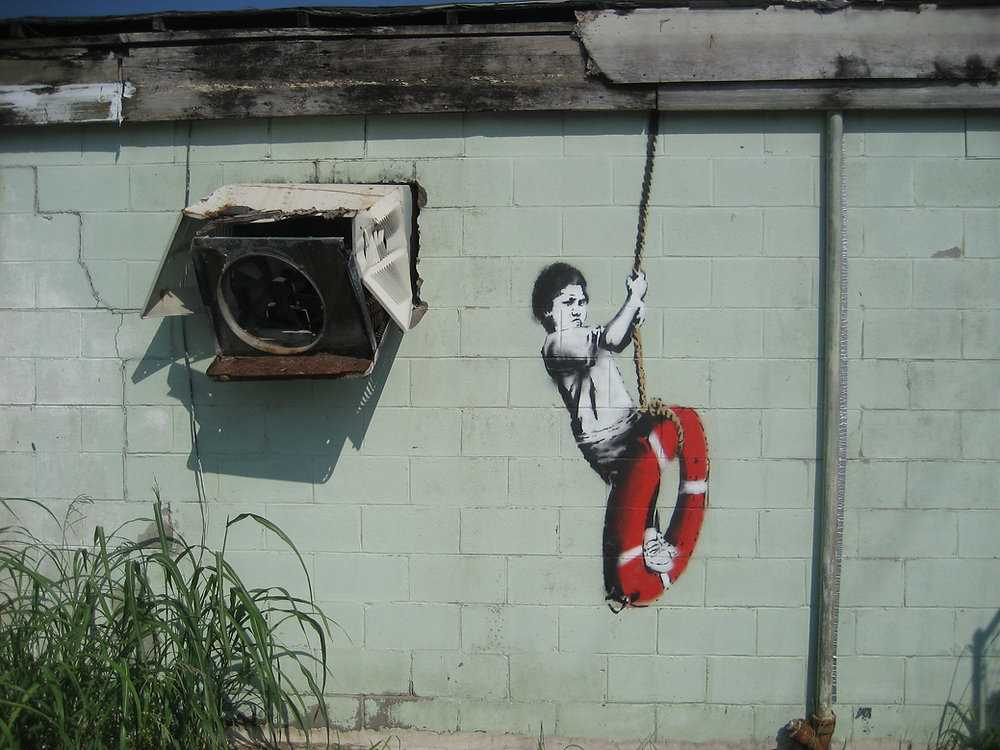
Pop Art Street Art has also made a significant impact on advertising. The bold and attention-grabbing nature of this art form has caught the attention of marketers, who have incorporated its visual language and aesthetic into their campaigns. From billboards to magazine ads, Pop Art Street Art-inspired designs can be seen all around, captivating audiences and generating interest in products and services.
| Influence on Entertainment | Influence on Technology |
|---|---|
| The influence of Pop Art Street Art can be seen in the entertainment industry. Movies, music videos, and television shows have used its bold and vibrant visuals to create visually stunning and memorable experiences for the audience. The use of bold colors, graphic patterns, and visually striking compositions adds a sense of energy and excitement to these mediums. | Pop Art Street Art has also influenced the world of technology. From smartphone cases to laptop skins, many tech accessories feature Pop Art-inspired designs. The bright colors, bold graphics, and playful motifs create a visually appealing and expressive way to personalize and accessorize our devices. |
Overall, Pop Art Street Art has had a significant influence on popular culture. Its unique and daring style has found its way into various aspects of contemporary society, from fashion to advertising and entertainment to technology. Its impact can be seen everywhere, adding a bold and colorful touch to our daily lives.
The Impact on Urban Communities
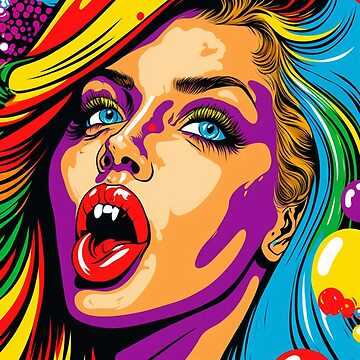
Pop Art Street Art has had a significant impact on urban communities around the world. This vibrant and bold form of art has transformed the way people view and interact with their cities.
One of the major impacts of Pop Art Street Art is the revitalization of urban spaces. These art installations have the power to turn dull and neglected areas into vibrant and engaging destinations. Walls that were once forgotten now showcase colorful and eye-catching murals that breathe new life into the community.
In addition to revitalizing physical spaces, Pop Art Street Art also has a social impact on urban communities. It can challenge the status quo, spark conversations, and create a sense of belonging among residents. These art pieces often reflect the diverse cultures, identities, and stories of the community they are located in.
Pop Art Street Art also plays a role in increasing tourism and economic development in urban areas. Tourists are attracted to these vibrant displays of art, and as a result, local businesses thrive. Cafes, restaurants, and shops near these art installations benefit from the increased foot traffic and the unique atmosphere created by Pop Art Street Art.
Furthermore, this form of art has become a platform for local artists to showcase their talent and gain recognition. It provides opportunities for artists to express themselves and make a living from their art. The presence of these art installations in urban communities helps to foster creativity and encourage other artists to contribute to the cultural fabric of the city.
A Global Movement
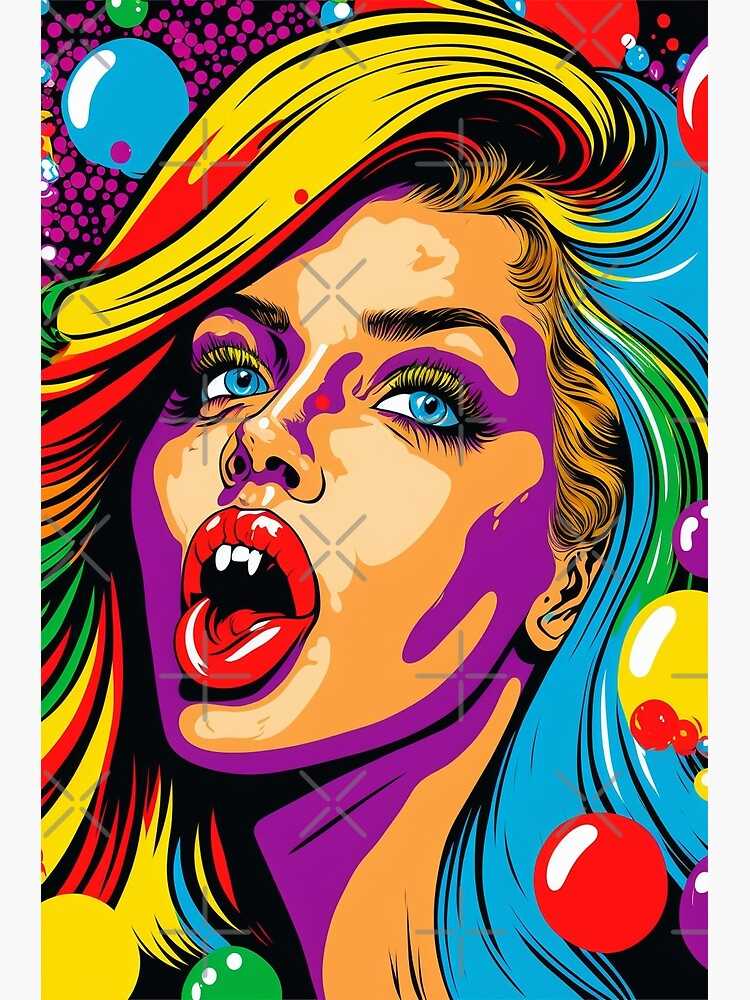
Pop Art Street Art has become a global movement, with artists from around the world embracing this colorful and bold form of urban expression.
One of the reasons for the global popularity of Pop Art Street Art is its ability to transcend language and cultural barriers. The use of vibrant colors and bold images allows for immediate impact and understanding, regardless of the viewer’s background or nationality.
Artists from different countries and continents have put their own unique spin on Pop Art Street Art, incorporating elements of their own cultures and identities. This has led to a diverse range of styles and techniques, further contributing to the global appeal of this art form.
Pop Art Street Art has also gained recognition and appreciation in the international art scene. Major cities around the world have embraced street art and dedicated spaces for artists to showcase their work. Festivals and exhibitions celebrate the talent and creativity of street artists, attracting art enthusiasts and tourists alike.
The global movement of Pop Art Street Art has fostered collaboration and exchange between artists from different countries. Through social media and online platforms, artists can connect and share their work, inspiring and influencing each other’s creations.
Overall, Pop Art Street Art has become a prominent force in the global art landscape, uniting artists and audiences across borders and cultures. Its influence and impact continue to grow, expanding the boundaries of traditional art and pushing the boundaries of urban expression.

I am a mural enthusiast and a fervent admirer of street art. Rather than creating murals myself, I am passionate about collecting them. My love for street art knows no bounds. I am dedicated to curating and cherishing these artworks that grace the streets. My collection stands as a testament to my profound appreciation for this form of artistic expression.
read about me



